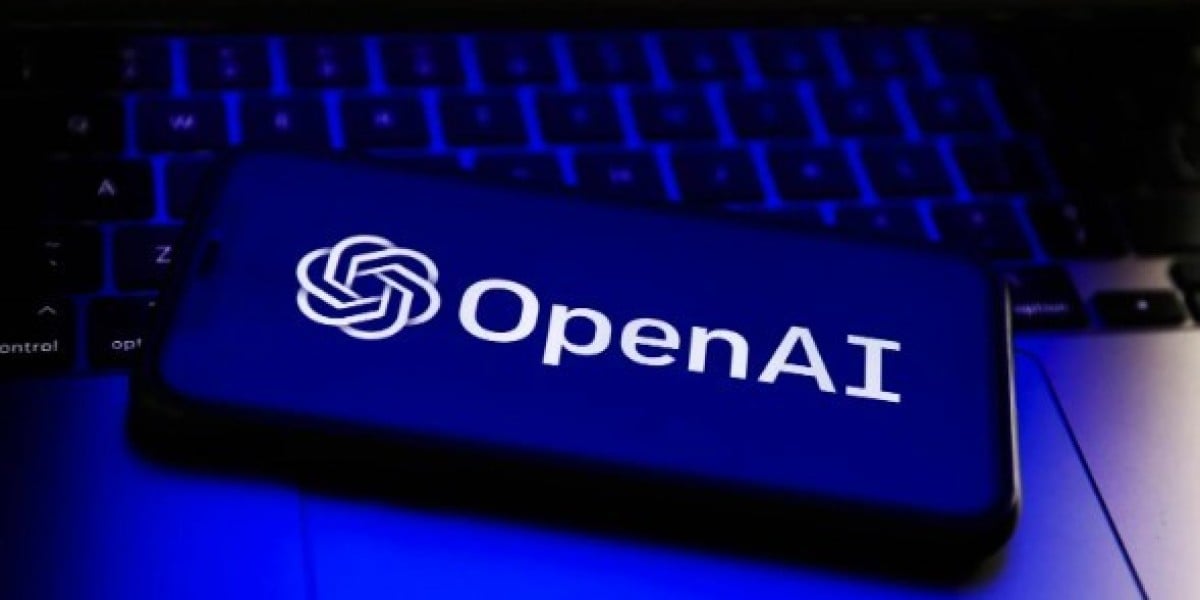GPT-3, developed by OpenAI, is evaluated through a combination of quantitative and qualitative methods to assess its language generation capabilities, coherence, relevance, and overall performance. The evaluation process for GPT-3 involves several stages, including training, fine-tuning, benchmarking, and human evaluations.
1. **Training and Fine-tuning:** GPT-3 is initially trained on a diverse dataset containing a wide range of text from the internet. During this training phase, the model learns patterns, syntax, grammar, and contextual relationships within the text. Fine-tuning is performed on more specific datasets to adapt the model to particular tasks or domains. This helps GPT-3 generate more contextually relevant and coherent responses for different use cases.
2. **Benchmarking:** GPT-3's performance is often benchmarked against existing language models and datasets to measure its accuracy, fluency, and appropriateness. Benchmark tasks may include text completion, sentence generation, translation, summarization, and question answering. Comparing GPT-3's outputs with human-generated reference texts provides insights into its capabilities.
3. **Human Evaluations:** Human evaluations play a crucial role in assessing GPT-3's quality and relevance. In these evaluations, human judges review and rate model-generated outputs based on criteria like coherence, relevance to the given prompt, and overall quality. This allows researchers to gauge how well GPT-3 performs in comparison to human-generated content.
4. **Diversity and Bias:** Evaluations also focus on diversity and bias in GPT-3's outputs. Since the model learns from internet text, it may inadvertently produce biased or politically sensitive content. Evaluators assess the extent of bias and work to mitigate any unintended negative impacts.
5. **User Feedback and Iteration:** OpenAI collects feedback from users who interact with GPT-3 applications. This feedback helps identify areas for improvement, understand real-world performance, and address issues that may not be captured in controlled evaluations.
It's important to note that GPT-3's evaluation is a complex and ongoing process that involves continuous refinement and iteration. While quantitative metrics provide objective measurements, human evaluations offer valuable subjective insights that help fine-tune the model for improved language generation, relevance, and safety. The combination of rigorous testing, user feedback, ethical considerations, and benchmarking against human-generated content contributes to GPT-3's ongoing development and enhancement. Apart from it by obtaining ChatGPT Certification, you can advance your career in ChatGPT. With this course, you can demonstrate your expertise in GPT models, pre-processing, fine-tuning, and working with OpenAI and the ChatGPT API, many more.



